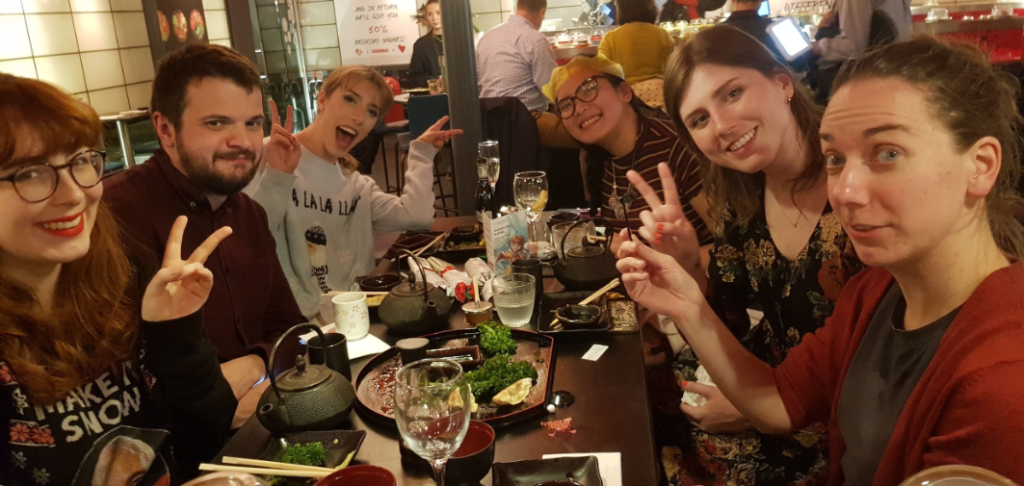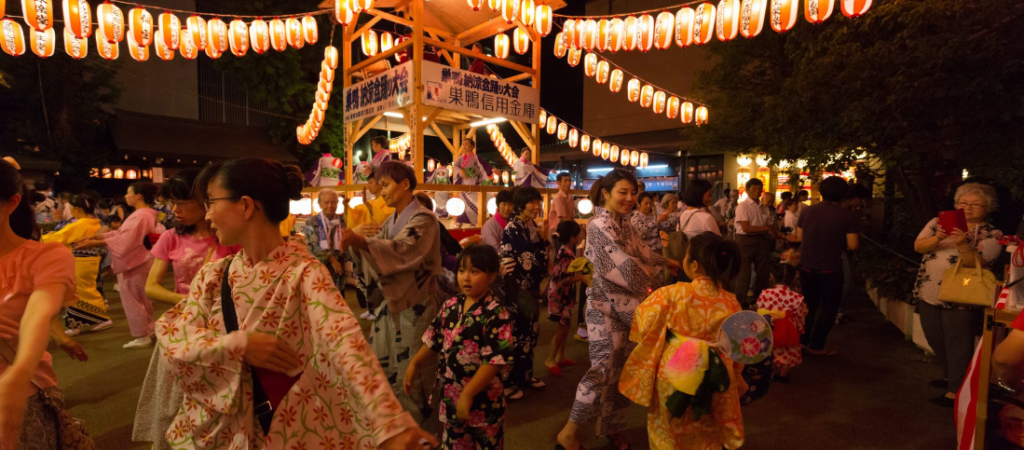
Lesson 52 Technology and Electronics
Topic Question: “What are some Japanese technology companies that are famous worldwide?”
▮ Try Answering the Question Yourself
Think about Japanese technology companies you know. Consider what products or services they offer that have gained international recognition.
▮ Sample Answer
“Sony, Panasonic, and Nintendo are famous Japanese technology companies worldwide. Sony is known for its electronics and entertainment, Panasonic for home appliances and electronics, and Nintendo for video games.”
▮ Words to Learn and Their Meanings about Sample Answer
- Electronics (電子機器): Devices or systems that operate using the flow of electrons, such as computers or televisions.
- Entertainment (エンターテインメント): Activities or products designed to amuse or enjoy, such as movies or music.
- Home appliances (家電製品): Electrical machines used in households, like refrigerators or washing machines.
- Video games (ビデオゲーム): Electronic games played by interacting with a user interface to generate visual feedback on a two- or three-dimensional video display device.
- Recognized (認識された): Known or acknowledged widely.
▮ Answer the Instructor’s 3 Questions Based on the Sample Answer
- Can you name some Japanese technology companies known worldwide?
- What is Sony known for?
- What distinguishes Nintendo in the global market?
▮ Mastering Middle School English Grammar:
work/working go/going do/doing
Work/go/be, etc. (base form)
We use the base form w ith will /can/must, etc.:
Anna will be here soon.
Shall I open the window ?
I might call you later.
May I sit here?
I can’t meet you tomorrow.
Could you p ass the salt, please?
It’s la te. You must be tired.
You shouldn’t work so hard.
Would you li ke some coffee?
We use the base form with do/does/did:
Do you work?
They don’t work very hard.
Helen doesn’t know many people.
How much does it cost?
What time did the train leave?
We didn’t sleep well.
to work / to go / to be, etc. (infinitive)
I’m going to play tennis tomorrow.
What are you going to do?
I have to go now.
Everybody has to eat.
Do you want to go out?
They don’t want to come with us.
I’d like to talk to you.
Would you like to go out?
Dave used to work in a factory.
working/ going/playing, etc.
Please be quiet. I’m working.
Tom isn’t working today.
What time are you going out?
It was raining, so we didn’t go out.
What were you doing when the phone rang?
Example Sentences Based on the Grammar Practice and Sample Answer:
- Sony will launch a new game console next year.
- Can Panasonic continue to innovate in home appliances?
- I’m going to buy the latest model of Sony’s camera tomorrow.
Make Sentences Based on the Above Example Sentences Yourself:























